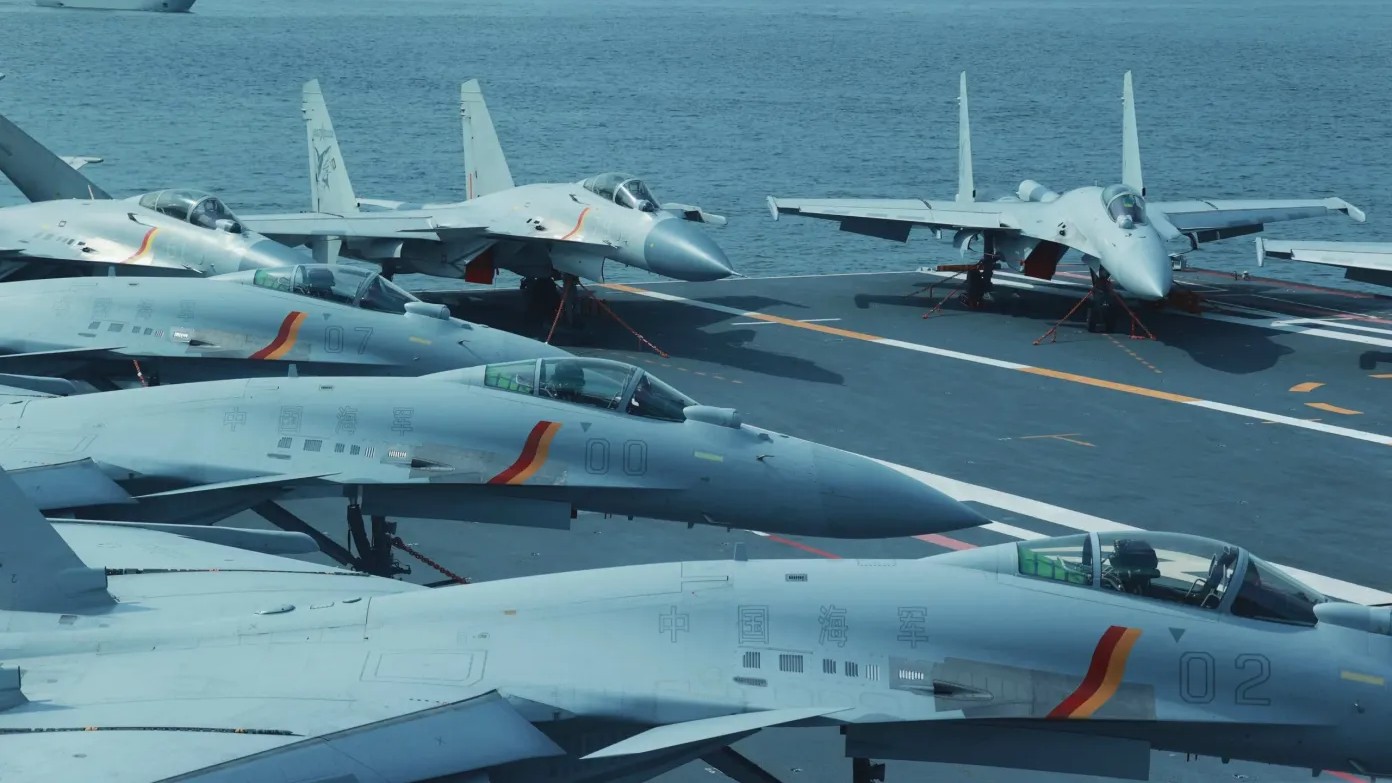Beijing – China’s first domestically built aircraft carrier, the Shandong (CV-17), has reached a major operational milestone, with its embarked air wing completing more than 10,000 flight operations since entering service in December 2019. The achievement, confirmed by state media, underscores the People’s Liberation Army Navy’s (PLAN) rapid advancement in carrier aviation and its evolving capacity for sustained power projection.
The 10,000-sortie mark encompasses missions ranging from routine training flights to operational deployments. In carrier doctrine, sortie rate—the frequency at which aircraft can be launched and recovered—is a critical benchmark for combat readiness. The PLAN’s progress is notable given that China’s first carrier-based fixed-wing operation occurred just over a decade ago, in November 2012, with the takeoff and landing of a J-15 fighter aboard the Liaoning.
Operationally, Shandong has steadily increased its sortie rate by refining launch and recovery procedures, allowing for shorter intervals between aircraft movements. This has enhanced the carrier’s responsiveness to potential threats and reinforced its role as a strategic asset, capable of projecting force beyond China’s immediate maritime periphery.
Recent deployments have highlighted this capability. Earlier this year, Shandong and Liaoning operated simultaneously in the Western Pacific, beyond the First Island Chain. The Japanese government reported that between May and June, the two carriers executed over 1,000 flight operations near Japanese waters, with 270 sorties flown along a Pacific route in just three days from June 17 to 19. These drills, which included simulated adversarial engagements, tested the PLAN’s ability to coordinate multi-carrier operations and integrate advanced naval assets in joint strike missions.
The Shandong’s current air wing reflects the PLAN’s ongoing modernization. Alongside the original Shenyang J-15 fighters, the carrier now fields the J-15T—an upgraded variant designed with future operations aboard the next-generation Fujian carrier in mind—and the J-15D, a dedicated electronic warfare platform. The ship also embarks Z-18J early warning helicopters, Z-18F anti-submarine helicopters, and Z-9C search and rescue aircraft, ensuring a full spectrum of maritime aviation capabilities.
Looking ahead, China plans to further expand its carrier aviation portfolio with the introduction of the stealth-capable Shenyang J-35 carrier fighter and various unmanned aerial vehicles (UAVs). These additions are expected to enhance both the strike reach and multi-domain flexibility of the PLAN’s carrier fleet, positioning China to exert greater influence in contested maritime zones amid heightened geopolitical competition.






